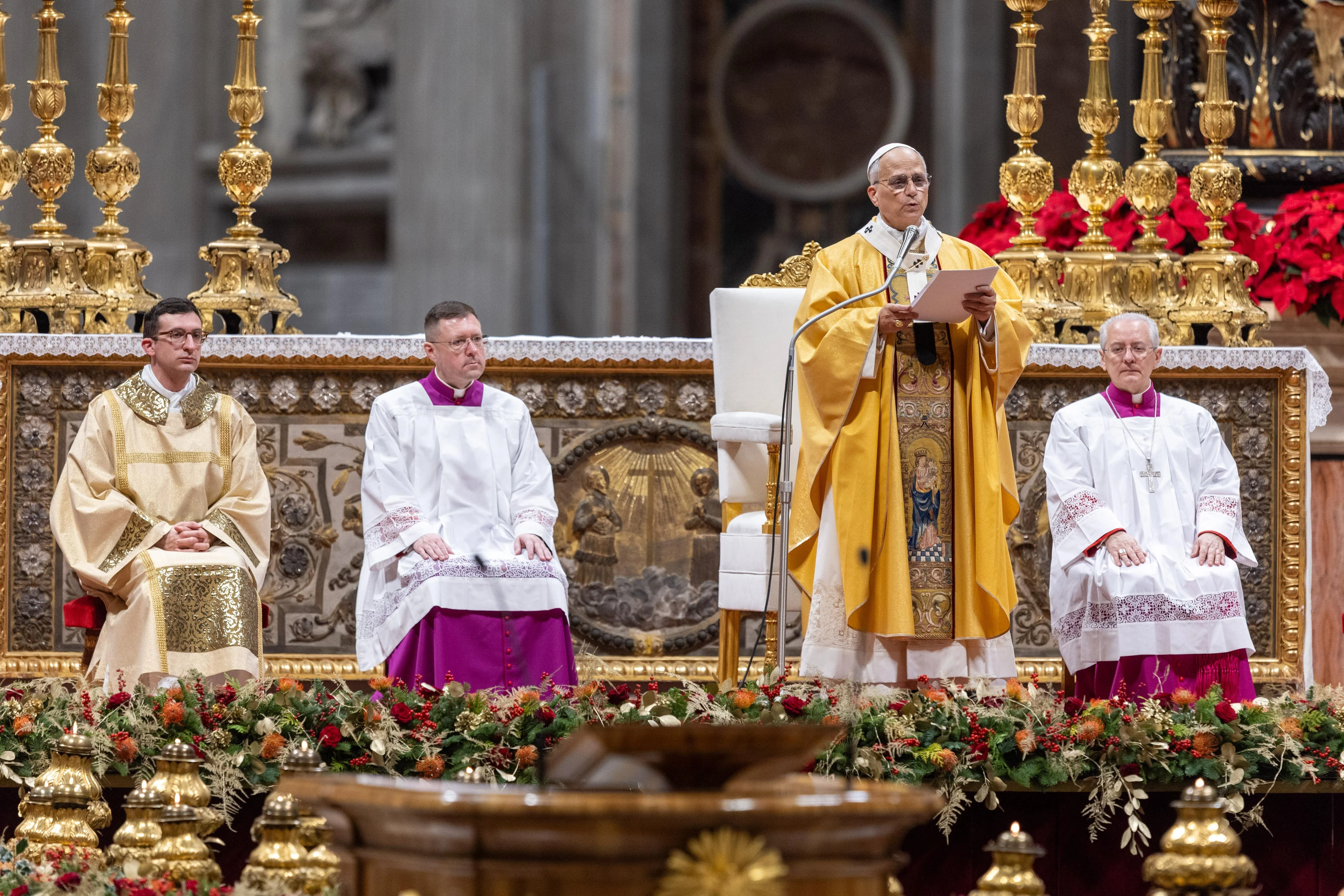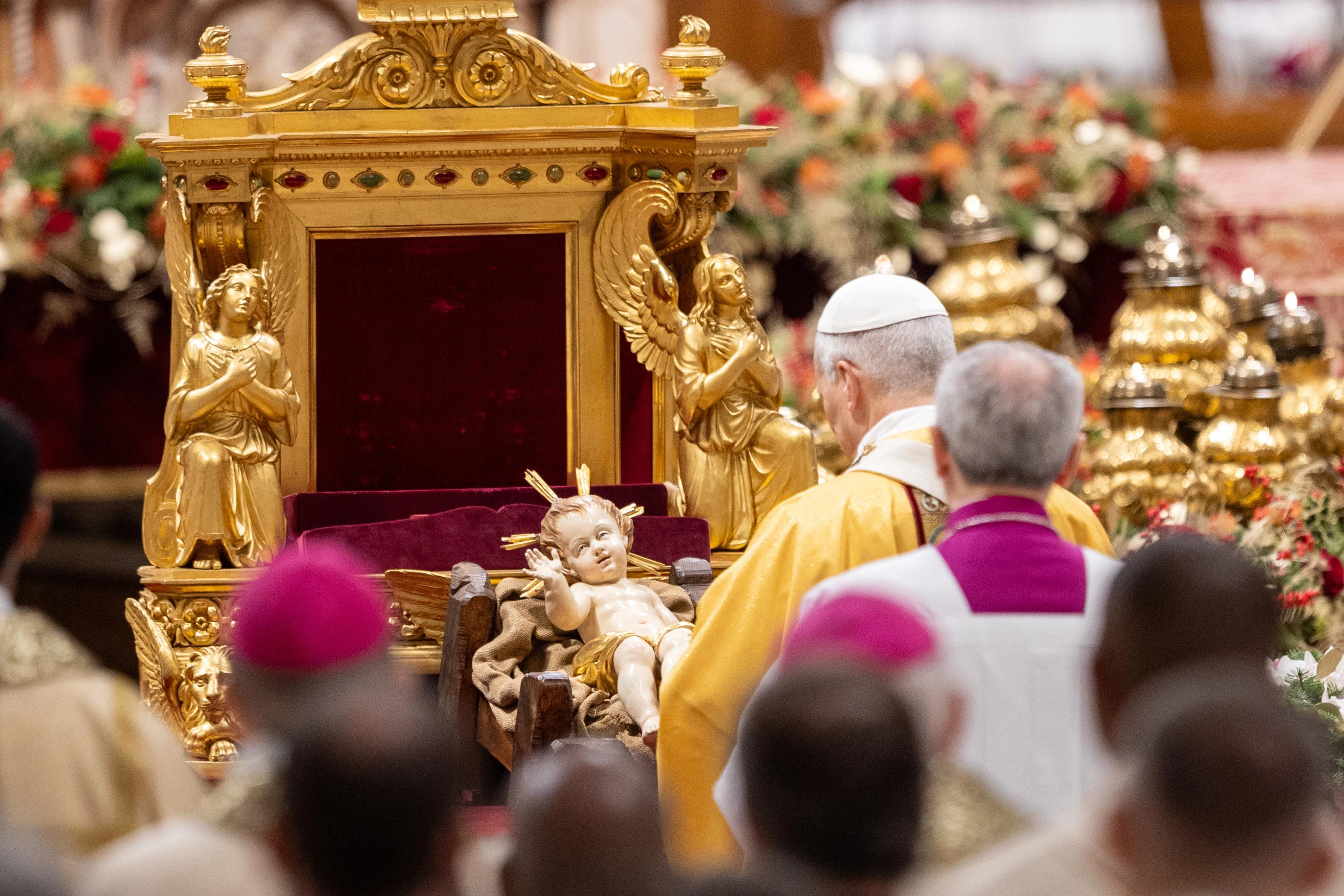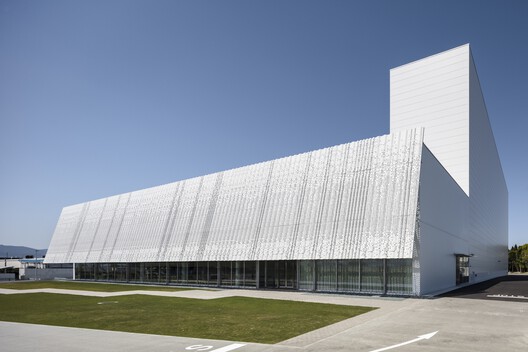Trump extends US-China trade truce for another 90 days
U.S. President Donald Trump on Monday extended a tariff truce with China for another 90 days, setting the stage for broader negotiations between the world’s two biggest economies.
Senior administration officials had spent weeks hinting that an extension was likely, after the two countries set tariff levels at more than 100 percent on each other’s goods through much of April and early May. The update means the new deadline for massive tariff hikes is Nov. 10.
“I have just signed an Executive Order that will extend the Tariff Suspension on China for another 90 days. All other elements of the Agreement will remain the same. Thank you for your attention to this matter! DONALD J. TRUMP, PRESIDENT OF THE UNITED STATES OF AMERICA,” Trump wrote on Truth Social.
China also announced it is extending its pause on tariffs on the U.S.
The administration is increasingly seeking to fold non-tariff-related trade disputes into trade negotiations. Trump earlier on Monday defended a deal he struck with chip-makers Nvidia and AMD that allows them to continue to sell certain chips to China despite concerns over national security, in exchange for the companies giving the U.S. government a portion of the revenue from the sales.
Trump also did not follow through last week on a threat to impose secondary tariffs of up to 100 percent on China because of its continued purchases of Russian oil, even though he punished India for the same thing by doubling U.S. tariffs to 50 percent.
“We hope the U.S. will continue to work with China to implement the important consensus reached during the two heads of state’s phone call, make full use of the China-U.S. economic and trade consultation mechanism, and, on the basis of equality, mutual respect and reciprocity, enhance understanding, reduce misperceptions, and strengthen cooperation,” Chinese embassy spokesperson Liu Pengyu said in a statement.
Top officials from the two countries met in Stockholm late last month, the third in a series of meetings between Treasury Secretary Scott Bessent, U.S. Trade Representative Jamieson Greer and Chinese negotiators led by Vice Premier He Lifeng.
“This action is necessary to facilitate ongoing and productive discussion with China about remedying trade imbalances, unfair trade practices, expanding market access for American exports, and aligning with the United States on national security and economic matters,” the White House said in a fact sheet.
Those talks — in Geneva in May and London in June — have focused on stabilizing the trade relationship after tit-for-tat tariff increases, easing Beijing’s blockade on critical minerals exports and eliminating U.S. curbs on sales of ethane to Chinese manufacturers.
With existing duties remaining in place, the U.S. agreed in May to temporarily lower tariffs on Chinese imports from 145 percent to 30 percent, while China dropped levies on U.S. goods from 125 percent to 10 percent.
Trade between the countries has been strained over the past year, as Trump has targeted Chinese goods in his effort to upend the global economy. That has put businesses that are heavily reliant on Chinese goods — like the toy industry and the apparel industry — in a difficult situation as they try to navigate changing tariff levels.
The 90-day pause will supply those businesses with a sense of certainty, helping with inventory through the Christmas season — even if it comes at a higher cost.
Sean Stein, the president of the U.S.-China Business Council, which represents more than 270 American companies that do business in China, said U.S. industry welcomes the pause. “The extension is critical to give the two governments time to negotiate an agreement that improves US market access in China, addresses the bilateral trade imbalance, and provides the certainty needed for companies to make medium- and long-term plans,” Stein said.
Jeff Moon, a former assistant USTR for China, said Trump appears to be hoping to reach a deal with China in time for a regional summit in South Korea in late October.
“You can see the choreography of what’s happening,” Moon said Friday during a discussion hosted by the Washington International Trade Association, referring to a series of “confidence-building steps” between the two countries in recent months.




















:quality(85):upscale()/2023/09/18/918/n/1922398/a1136b676508baddc752f5.20098216_.jpg)
:quality(85):upscale()/2025/10/09/670/n/1922283/00b944c868e7cf4f7b79b3.95741067_.jpg)
:quality(85):upscale()/2025/10/15/765/n/1922398/29c37a6e68efd84bb02f35.49541188_.jpg)
:quality(85):upscale()/2025/09/09/891/n/1922283/7222624268c08ccba1c9a3.01436482_.png)
















